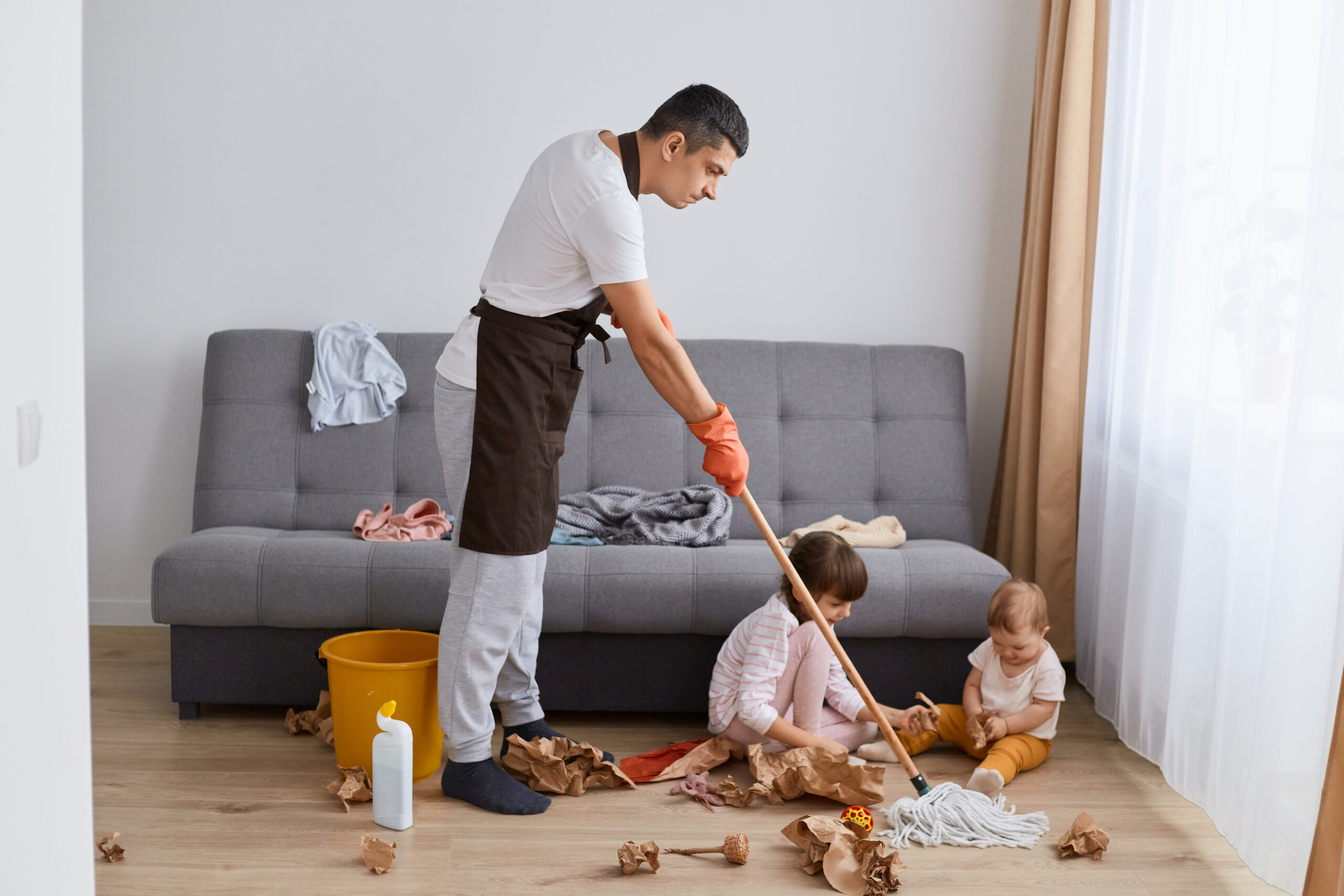Maintaining a Clean Home with Kids: Simple Strategies for Busy Parents
- Home
- Maintaining a Clean Home with Kids: Simple Strategies for Busy Parents





Maintaining a clean home becomes a considerably more challenging task when children are part of the equation. The presence of kids often means that spills, clutter, and toys can transform a tidy space into a chaotic one with remarkable speed. Parents and caregivers regularly look for strategies to balance the joyful, dynamic energy of children with a desire for orderly living spaces. Effective cleaning with kids involves a combination of organization, consistent routines, and involving children in the upkeep of their environment.
It’s essential for families to create a system that accommodates the unpredictable nature of life with children while also promoting responsibility and cleanliness. This means establishing clear and achievable expectations for cleanliness and order that can be consistently upheld by all family members. By implementing child-friendly storage solutions and making clean-up activities age-appropriate, children can learn the importance of tidiness from an early age.
Incorporating children into the process not only lightens the load for adults but also fosters life skills such as self-discipline and a strong work ethic in young individuals. Teaching them the significance of maintaining a clean home encourages a sense of pride and ownership over their living spaces. Through patience, teamwork, and strategically designed practices, a clean home with kids is not just aspirational—it’s an attainable reality.
Creating a structured environment for cleanliness with consistent habits is vital in a home with children. This approach instills a sense of responsibility and orderliness.
Daily cleaning tasks should be short and manageable to encourage consistency.
By setting specific tasks for specific times of the day, children can develop a predictable cleaning routine.
Weekly cleaning duties can be more intensive and require a family effort.
Assigning a day for each duty can spread out the cleaning workload across the week.
Assign chores based on the child’s age and ability, fostering independence and capability.
Involving children in cleanup activities should be both educational and engaging.
Engagement in cleanup from a young age can help children understand the value of a clean home.
Creating an organized environment is essential for maintaining a clean home with kids. It involves setting clear zones for activities, smartly managing storage, and having routine clear-outs.
In every household with children, it’s crucial to designate specific areas for play. Play areas should be established in parts of the home where children can access their toys and games without disrupting the rest of the household’s activities. It might be helpful to:
Efficient storage solutions are key to keeping a home tidy. Each item should have a designated place, which helps children learn where things belong. Examples of smart storage include:
Homes must undergo regular decluttering to avoid accumulation of unused toys and outgrown items. This process should be a scheduled activity that involves: